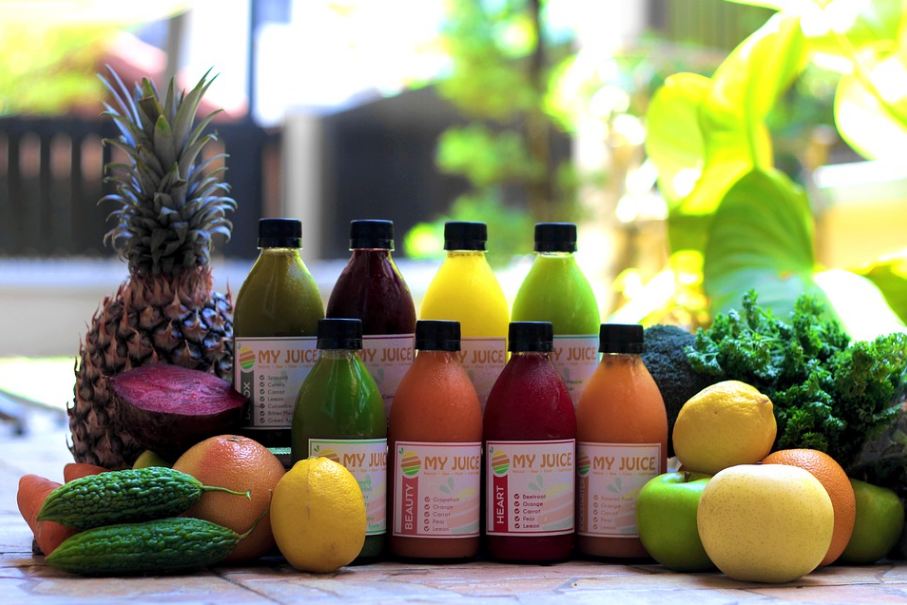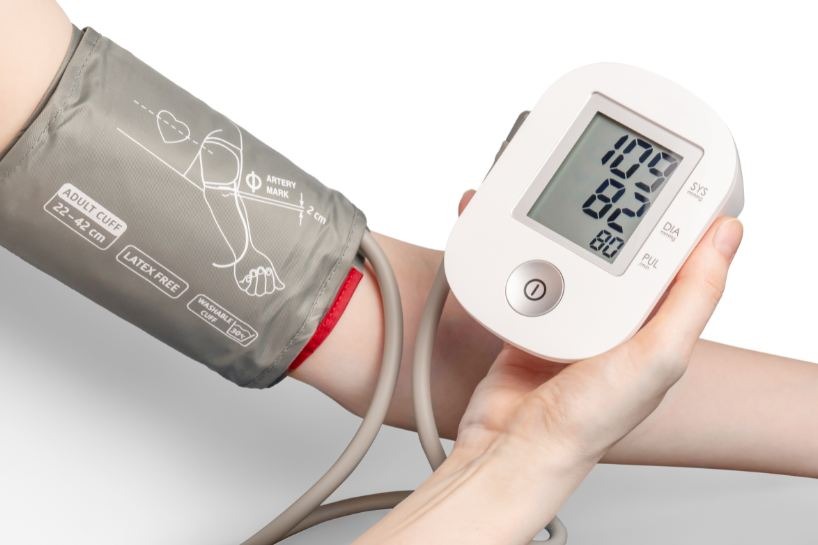Blood pressure is something that all of us should seriously consider, especially as we get older. Age, stress, poor choices in diet and lifestyle contribute to high blood pressure (hypertension), which is the leading risk factor for heart diseases and stroke.
Those who are suffering from high blood pressure have to take extra care of themselves. Usually, they take prescribed medications, but they would sometimes come with harmful and even dangerous side effects. That’s why some people choose to have a healthier diet and lifestyle to keep their blood pressure levels in check while forgoing all or most of these medications.
Diet and lifestyle changes can reduce your blood pressure in a natural way. Eating more plant-based foods, being physically active, limiting salt intake, avoiding saturated fats and trans fats, staying out of stress, and getting plenty of sleep are some keys to minimizing blood pressure, naturally and without side effects. It takes total commitment, discipline, and dedication, but the results are always worth the effort.
Nitrate-rich foods
Considering that your goal is to keep your blood pressure down to normal and manageable levels, you will want to choose nitrate-rich foods.
VERY IMPORTANT NOTE: The term “nitrates” is not to be confused with unhealthy synthetic nitrates that are usually found in processed meats. The nitrates that are naturally found in fruits and vegetables, on the other hand, are healthy and can contribute to reducing blood pressure.
Nitrates from fruits and vegetables relax and dilate blood vessels, resulting in better blood flow. But this effect can be fleeting, usually lasting only a few hours. That’s why consuming nitrate-rich foods and vegetables every day can provide you with regular and perhaps even long-term benefits.
Nitrate-rich vegetables and crops include beets, cabbage, leafy greens (such as lettuce, spinach kale, arugula, and Swiss chard), radishes, watercress, bok choy, onion, garlic, chicory leaf, and turnips.
Nitrate-rich fruits include apples, watermelon, bananas, grapes, oranges, strawberries, peaches, nectarines, kiwi fruit, and pears.
Potassium-rich foods
Fruits and vegetables high in potassium and fiber are also recommended to add to a high blood pressure-busting diet.
So, what’s the role of potassium in controlling high blood pressure? Like the healthful naturally occurring nitrates, potassium relaxes the blood vessels, promoting better blood flow.
Potassium can also counterbalance the effects of sodium in your body. The more potassium-rich foods you consume, the more sodium you will lose (through urine) and the lower your blood pressure.
Potassium-rich vegetables and crops include spinach, broccoli, potatoes, sweet potatoes, mushrooms, peas, cucumbers, pumpkins, zucchini, leafy greens.
Potassium-rich fruits include apricots, bananas, cantaloupes, grapefruits, and honeydew (check out the amazing benefits of honeydew juice!). Some dried fruits, like raisins, prunes, and dates, are also high in potassium.
You can juice fruits and vegetables to lower blood pressure
Juicing fruits and vegetables may be the easier way to benefit all the vitamins and nutrients that your body needs to cleanse your system, boost your immunity, and, of course, reduce high blood pressure and restore it to normal and healthy levels.
Having said that, juicing alone may not be enough, especially if you want faster or long-term results. But it makes a great addition to a healthier lifestyle, along with eating wholesome foods, exercising regularly, getting plenty of sleep, and avoiding smoking, alcohol, and stress. Doing all of these, apart from juicing, allows you to have better control over your blood pressure.



